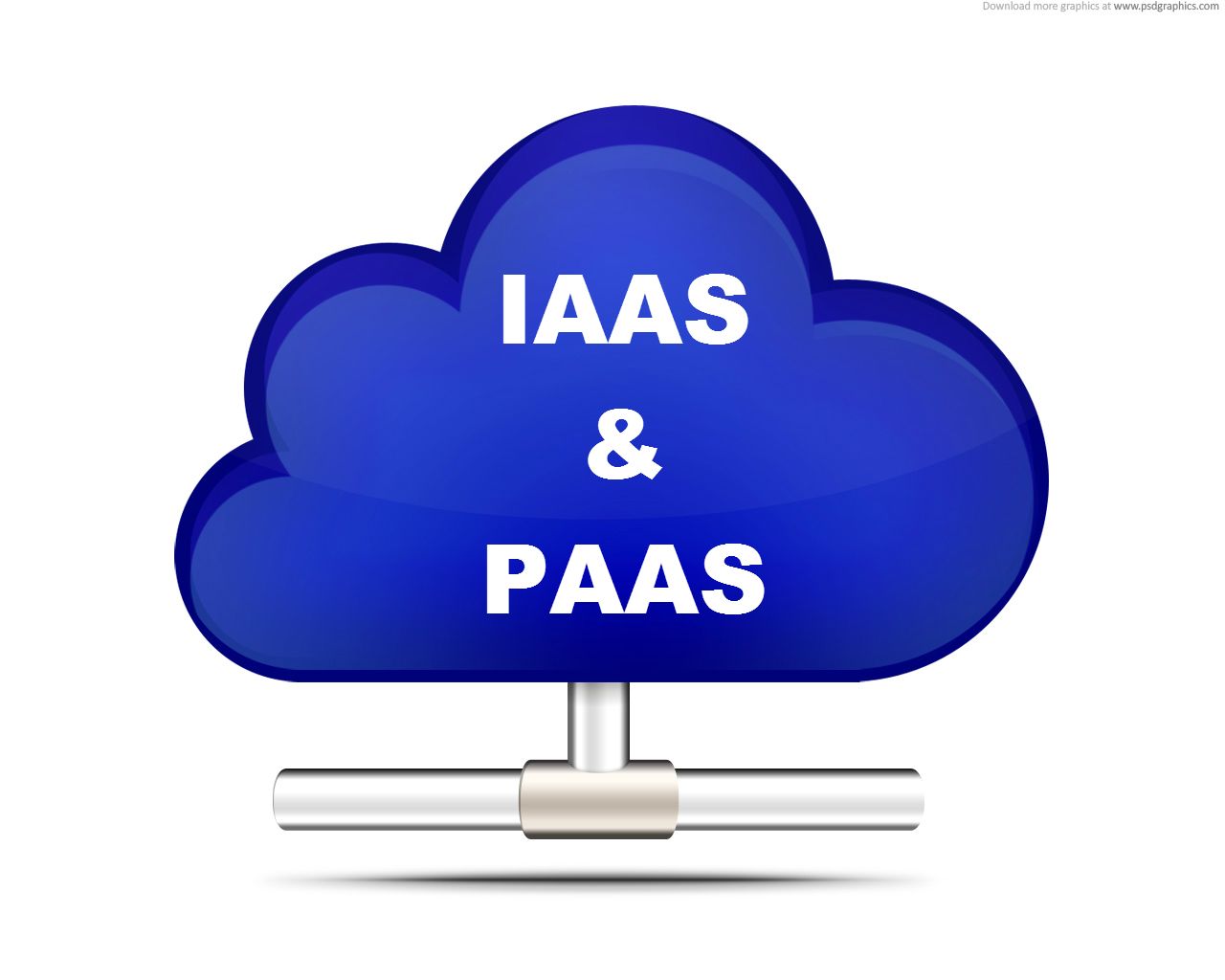Introduction
Cloud computing is everywhere now, and there is a need for adapting to it because as the requirements are going high side by side with technology. It is becoming very tough for an on-premises software/environment to satisfy those needs, so to ease up things cloud computing came into the picture. Cloud Computing’s motive is to provide scalable resources online either on-demand or pay-as-you-go model it depends upon your needs. What makes a cloud-like one of the most significant players in the market is its scalability towards the resources and also the network access associated with it. Cloud computing has its services to carry out the tasks, and these tasks include giving out the executable environment, software, servers, etc. These tasks more broadly could be labelled as needs from the user or the client-side, which is not able to host so much of resources from its side. These services have their names, norms, and regulations which if put together is capable of covering up all the requirements of the client-side. Namely, we have three types of services available which are SaaS, i.e. software as a service, PaaS, i.e. platform as a service, IaaS, i.e. Infrastructure as a service they all collectively are instrumental. I bet you have already heard about them at some point in your professional life. Today our primary focus is on putting light on PaaS, i.e. platform as a service and IaaS, i.e. Infrastructure as a service. So let’s get started.
#blogs #multi-cloud
